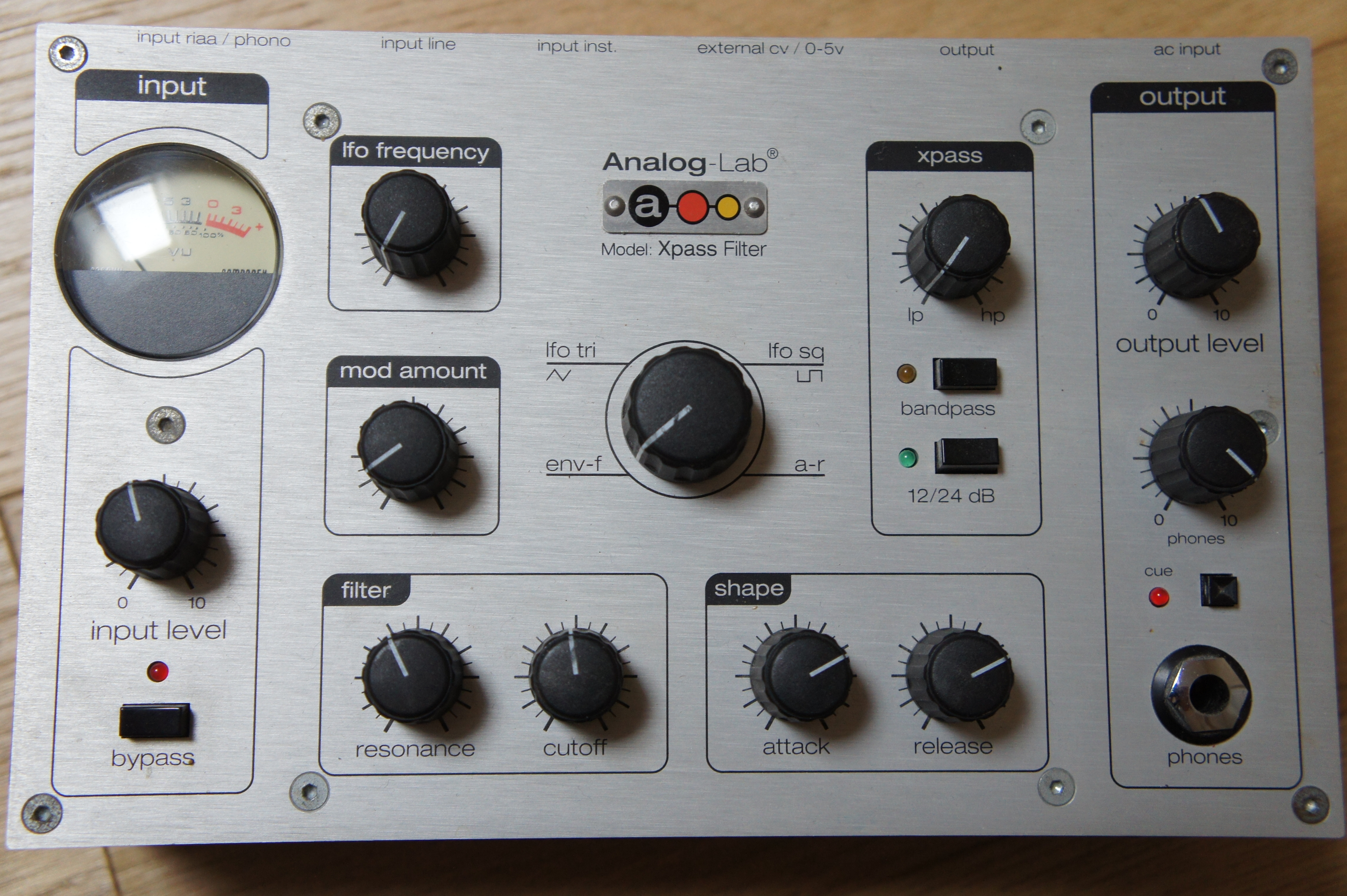



This is the stage where the implant analogs are introduced. The most crucial procedure in a crown restoration is being able to produce an accurate mold/ impression of the section requiring restoration and delivering it to the laboratory thanks to the implant analogs. Once the area where the implant was inserted has had sufficient time to heal, it is possible to continue to the next step of the procedure. Healing time may vary from patient to patient, but should usually take between 2-3 weeks. Moreover, if need be it is far easier to repair or replace a fractured crown. Instances, when cement restoration seems to be a better option is when there needs to be access to areas in the mouth such as the posterior, or when the hole is placed on the incisal edge. Which method to opt for is based on the patient’s needs and the professional opinion of the Doctor treating the case. The most obvious advantage a the screw retained method is that it enables a more favorable control on hygiene of the surrounding oral cavity as well as the implant itself. When considering the restoration process, there are two common approaches: Cement restoration or screw retained. Over the past few decades, there has been a drastic increase in the number of people needing to have dental implant procedures done. This is mostly due to our lifestyle, and the high increase of sugar in our diets which has led to a higher rate of tooth loss in adults, and not just the elderly population. Dental Implants have been around for decades as a means to supply a solution for the loss of teeth in adults (mostly).


 0 kommentar(er)
0 kommentar(er)
